Have you ever spotted a mysterious little creature clinging to the walls or ceilings of buildings during a summer night? That was likely a Moorish gecko (Tarentola mauritanica), often nicknamed the "wall dragon." It's just one of thousands of fascinating species in the reptile group — one of the oldest and most diverse lineages in the Animal Kingdom.
If you’re curious about these ancient animals and wondering how many types of reptiles exist and what they are, this article is for you. Below, we explore the types of reptiles, their defining traits, and ten iconic examples from around the world.

Reptiles are vertebrate animals that typically move by crawling or slithering, often dragging their bellies close to the ground. This unique form of locomotion stems from their evolutionary history — reptiles evolved from aquatic ancestors and gradually adapted to life on land. This also explains why many reptile species still favor habitats near water sources like rivers, lakes, and wetlands.
Vertebrates: Like mammals, birds, amphibians, and fish, reptiles possess a backbone.
Diverse: There are around 8,240 recognized reptile species worldwide.
Scaly skin: Their skin is dry and covered in keratinized scales that help prevent water loss.
Lung breathers: All reptiles breathe using lungs, even aquatic species.
Ectothermic: They are cold-blooded, meaning their body temperature depends on the surrounding environment.
Physical features: Most have vertical pupils, long tails, and many possess a forked tongue.
Reproduction: While many are oviparous (egg-laying), some are viviparous (give live birth).
Diet: Reptiles can be carnivores, insectivores, herbivores, or omnivores. Their prey may include insects, worms, mollusks, fish, birds, rodents, and even larger animals like goats (in the case of some snakes).
Reptiles are divided into four main orders:
Squamata – Includes lizards and snakes; over 3,000 species.
Testudines (Anapsida) – Turtles and tortoises; over 300 species.
Rhynchocephalia – Only two living species, represented by the Tuatara of New Zealand.
Crocodylomorpha – Crocodiles and alligators; around 20 species.
Among these four reptile groups are both aquatic and terrestrial reptiles. Now, let’s take a closer look at 10 remarkable examples.
The largest living lizard in the world. Native to Indonesia's Komodo and surrounding islands, it can grow up to 3 meters (10 feet) in length and weigh up to 135 kg (300 lbs). Adult Komodos are known to eat smaller individuals, including juveniles and occasionally other adults.
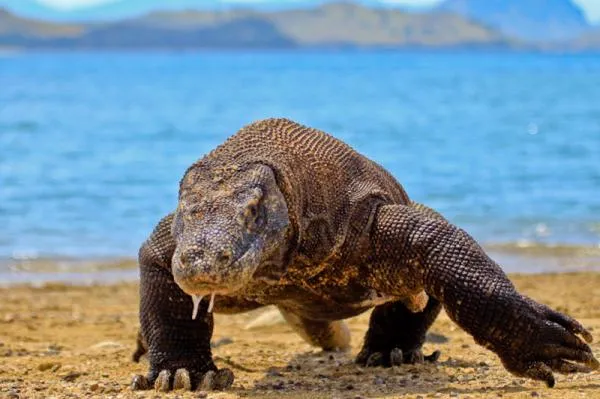
This lizard has an arched body, a hard crested head, and a background color that can shift dramatically. It has protruding eyes and an extra-long tongue used to capture prey from a distance. It’s one of the most iconic color-changing reptiles.
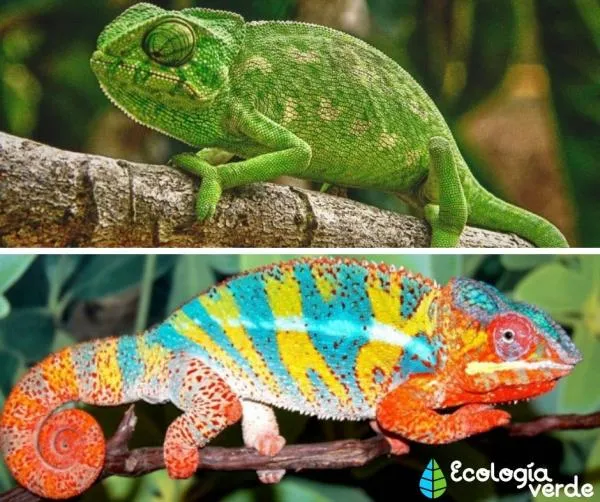
This small caiman lives in the tropical rivers of South America, especially the Amazon and Orinoco basins. Unlike other crocodilians, it has a dog-shaped head, and males typically don’t grow longer than 1.5 meters (5 feet).
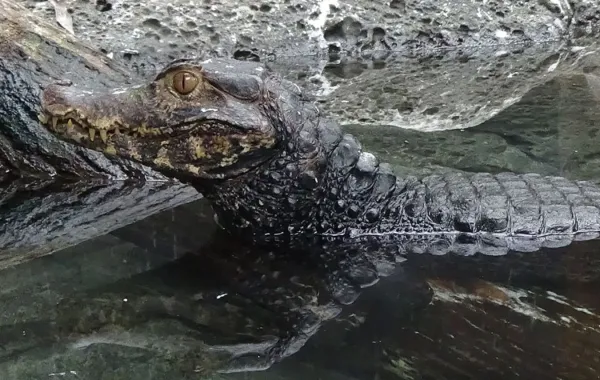
Famous as "Kaa" in The Jungle Book, this large snake is native to India, Nepal, Pakistan, and Sri Lanka. It can reach 5 meters (16 feet) in length and weigh over 90 kg (200 lbs).
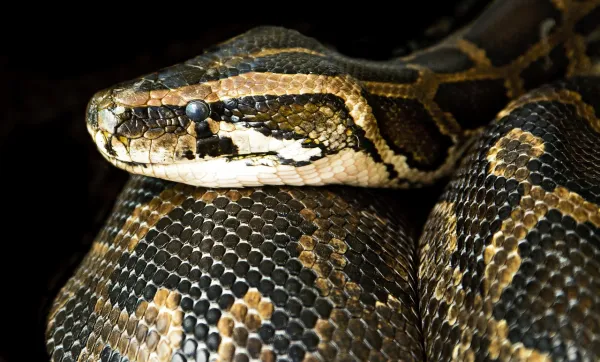
Found in the tropical wetlands of central South America. It can grow up to 3 meters (10 feet) long and has dark skin, earning it the nickname “black caiman.”

A pelagic sea turtle capable of reaching 90 cm (3 feet) in length, though some specimens exceed 2.5 meters (8 feet). Females are known to migrate thousands of kilometers to return to their birth beaches for nesting.
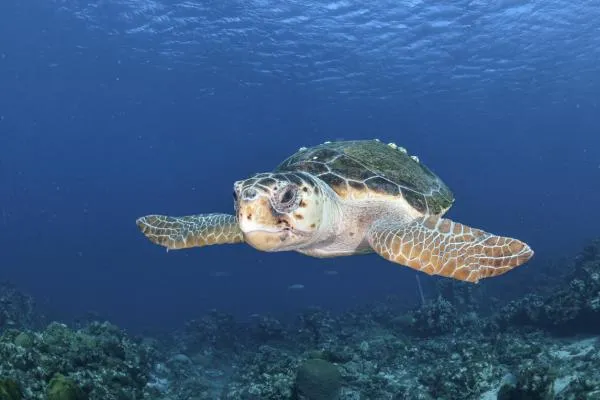
Also known as the Texas horned lizard, it inhabits deserts in Mexico and the southern U.S. Its most striking defense mechanism is the ability to squirt blood from its eyes up to 1.5 meters to confuse predators.
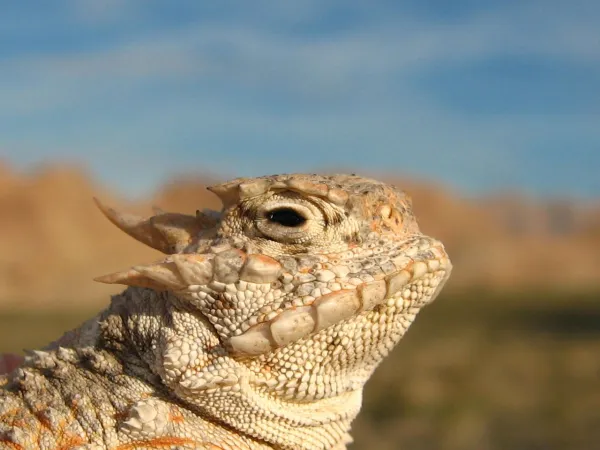
A marine reptile endemic to the Galápagos Islands, it’s closely related to terrestrial iguanas. Adult males can reach 1.5 meters and weigh up to 15 kg. They feed exclusively on marine algae.
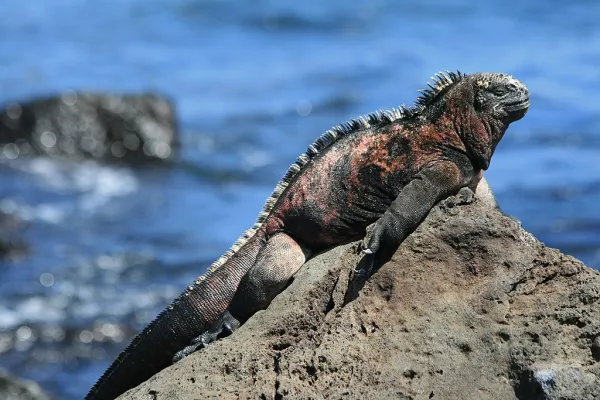
The world’s longest venomous snake, reaching up to 6 meters (20 feet). Found throughout India, China, and Southeast Asia, it preys mostly on other snakes and possesses a powerful neurotoxic venom.
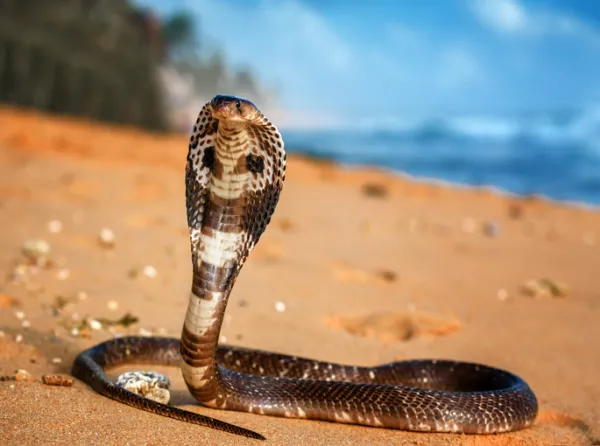
A small, nocturnal gecko widespread around the Mediterranean basin. It feeds mainly on insects and is often spotted near light sources in the summer. Its dragon-like appearance has earned it nicknames like “little dragon” or “wall dragon.”
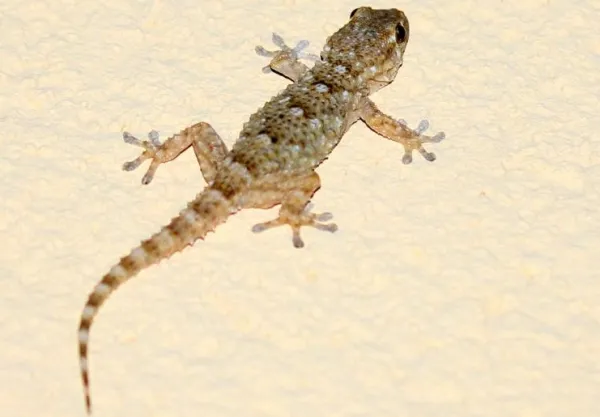
If you enjoyed this overview of reptile species, you may also want to check out:
[Why Are Reptiles Important to Ecosystems?]
[Top 10 Most Venomous Snakes in the World]
[Endangered Turtle Species You Should Know About]
Tags: Reptiles | Wildlife | Biodiversity | Animal Kingdom | Ecology
Feel free to share this article on social media to raise awareness and fascination for these incredible animals!
Bibliography
Natur Parc Santa Eugenia. (2020). Reptiles. Retrieved from: http://www.naturaparc.net/reptiles.html
animal tags: reptiles
We created this article in conjunction with AI technology, then made sure it was fact-checked and edited by a Animals Top editor.